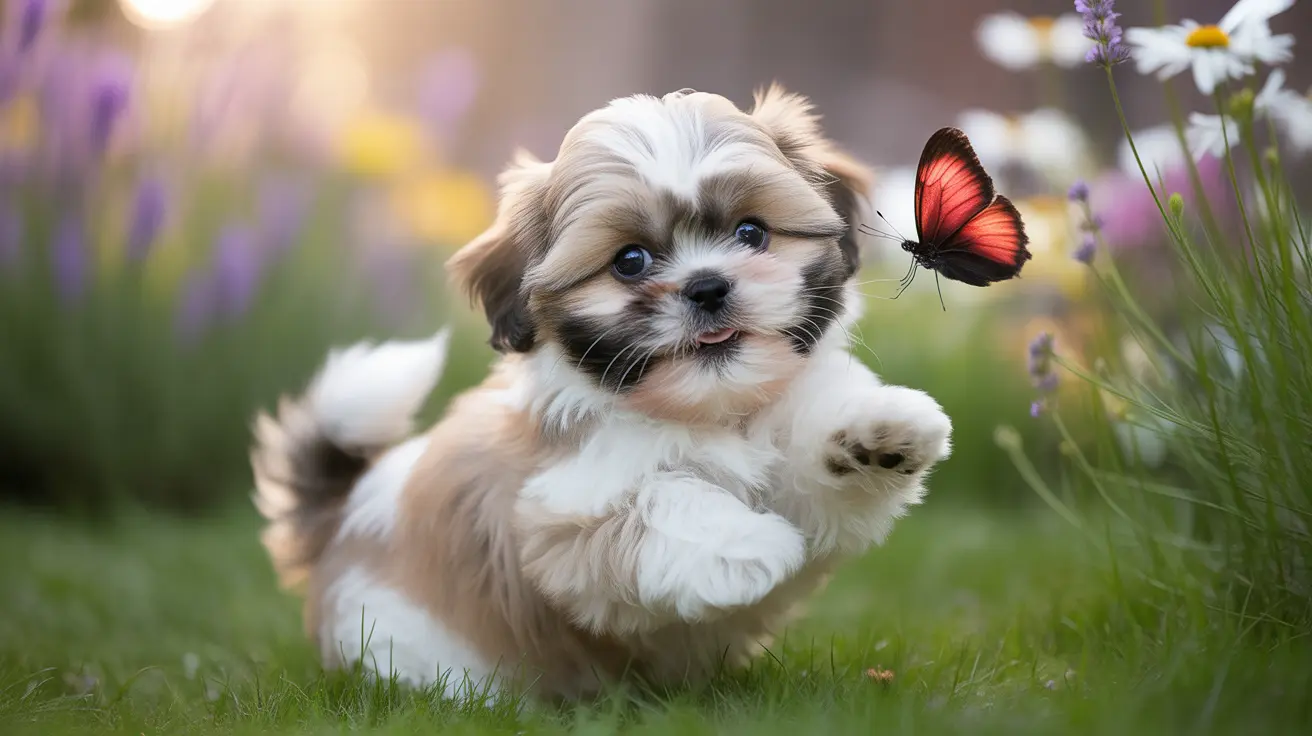The Havanese breed is renowned for its stunning array of coat colors and patterns, making it one of the most diverse toy breeds in terms of appearance. From classic solid colors to intricate patterns, these charming dogs can sport an impressive variety of looks that often change throughout their lifetime.
Understanding Havanese colors isn't just about aesthetics – it's crucial knowledge for potential owners, breeders, and show enthusiasts alike. In this comprehensive guide, we'll explore the full spectrum of Havanese coat colors, their unique characteristics, and what to expect as your puppy grows into adulthood.
Classic Havanese Coat Colors
The foundation colors of the Havanese breed include several distinctive shades that have been present since its early development in Cuba:
Solid Colors
- Black (most stable color)
- White (rare but maintains consistency)
- Cream (varies from off-white to pale tan)
- Gold (rich yellow tones)
- Red (mahogany to orange-brown)
Chocolate and Brown Variations
Chocolate Havanese present a special category, ranging from milk chocolate to deep brown tones. These dogs must have brown noses to be officially classified as chocolate, distinguishing them from other brown variations.
Rare and Unique Color Variations
Some of the most sought-after Havanese colors include:
Silver and Blue
Silver Havanese start as black puppies before gradually lightening to stunning platinum or pewter shades. Blue is even rarer, developing a distinctive bluish-grey tone over time.
Exotic Patterns
- Sable (light roots with dark tips)
- Brindle (striped patterns)
- Parti Belton (spotted patterns)
- Irish Pied (predominantly white with color patches)
Color Changes and Development
One of the most fascinating aspects of Havanese colors is their tendency to change over time. Unlike many breeds, a Havanese puppy's color at birth may be dramatically different from its adult coat.
Color changes typically occur during the first two years of life, with the most significant transformations happening between 6 months and 1 year of age. Only solid black and pure white coats tend to remain stable throughout the dog's life.
Show Standards and Color Recognition
The American Kennel Club recognizes a wide range of Havanese colors and patterns, though some variations are considered non-standard for show purposes. Standard colors include:
- Black
- White
- Cream
- Gold
- Sable
- Traditional patterns (parti, irish pied)
Grooming Considerations by Color
While all Havanese require regular grooming, certain colors may need specific care:
- Light-colored coats show dirt more easily and may need more frequent bathing
- Dark coats can fade with sun exposure
- Parti-colored coats may require extra attention to maintain pattern visibility
Frequently Asked Questions
What are the most common and rare coat colors found in Havanese dogs?
The most common Havanese colors are black, cream, and gold. Rare colors include pure white, silver, and blue. Tricolor combinations and true merle patterns are among the rarest variations.
How much do Havanese coat colors typically change as the dog matures?
Most Havanese colors, except solid black and pure white, can change significantly during the first two years of life. Some puppies may completely transform from dark to light colors or vice versa.
What are the differences between Havanese coat patterns like brindle, sable, and parti?
Brindle shows striped patterns, sable features light roots with dark tips, and parti displays two or more distinct colors with one being white. Each pattern has unique characteristics that become more or less prominent with age.
Are certain Havanese colors or patterns recognized by breed standards for dog shows?
Yes, the AKC recognizes many colors and patterns, but some variations like blue and chocolate brindle are considered non-standard. Traditional colors like black, white, cream, and gold are fully accepted in shows.
Do Havanese coat colors affect their grooming needs or health concerns?
While coat color doesn't typically affect health, lighter-colored dogs may require more frequent bathing to maintain their appearance. The only exception is the merle pattern, which can be associated with health issues if bred improperly.






